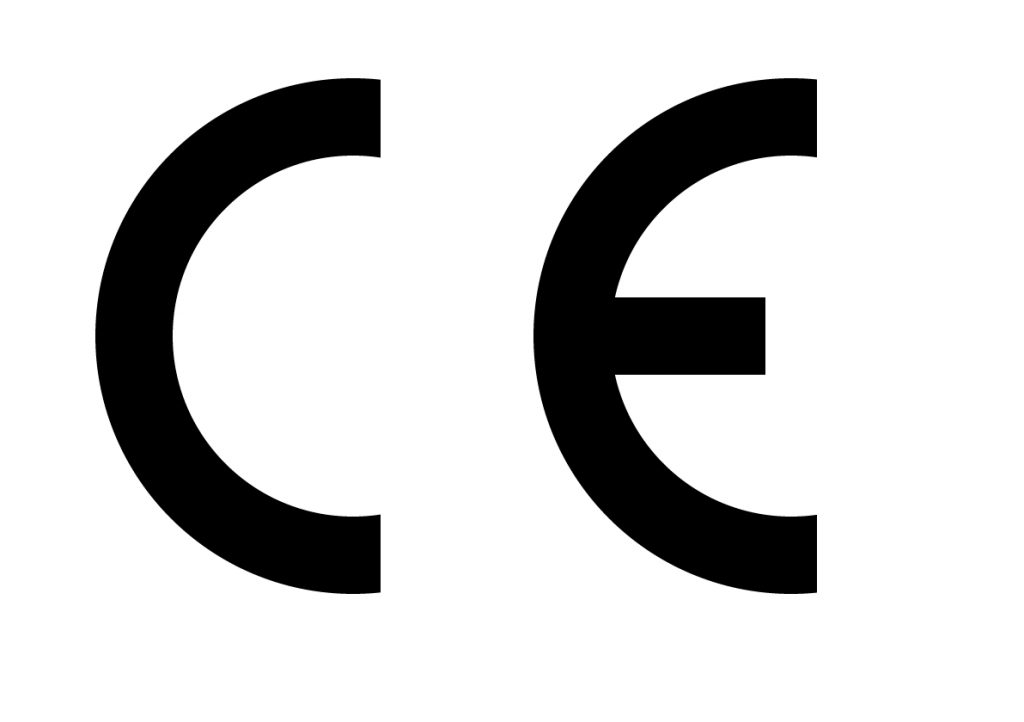Introduction to Passive House Standards
Passive House Standards are a set of energy efficiency standards developed in Germany in the early 1990s. These standards are based on the principles of improving the energy efficiency of buildings, with the goal of reducing energy consumption and reducing the environmental impact of construction. Passive House Standards are designed to reduce the amount of energy used to heat and cool a building, while also providing the occupants with a comfortable and healthy environment. The Passive House Standard is the most rigorous of its kind in the world, and is considered the gold standard of energy efficiency in the building industry.
History of Passive House Standards
The Passive House Standard was first developed in Germany in the early 1990s as a way to reduce the energy consumption of buildings. The standard was developed by the Passivhaus Institut, a research and educational center dedicated to the development of the Passive House Standard. The first and most important principle of the Passive House Standard is that buildings should be designed and constructed to minimize the energy needed to keep the building comfortable and healthy for the occupants. The standard includes a set of criteria for design, construction, and maintenance that are based on the principles of energy efficiency, air tightness, and thermal insulation.
Examples of Passive House Projects
The Passive House Standard has been implemented in a variety of projects around the world. Examples include the Bishop House in Germany, the Passivhaus Darmstadt in Germany, the Dorfman House in the US, and the Zero Energy Building in Canada. These projects demonstrate the effectiveness of the Passive House Standard in reducing energy consumption and improving the comfort and health of building occupants.
Passive House Features and Benefits
The Passive House Standard is designed to reduce the energy needed to keep the building comfortable and healthy for the occupants. The standard includes a set of criteria for design, construction, and maintenance that are based on the principles of energy efficiency, air tightness, and thermal insulation. These criteria are designed to reduce the amount of energy consumed for heating and cooling, improve the indoor air quality, and reduce the environmental impact of construction.
The features and benefits of Passive House Standards include:
-Reduced energy costs due to improved energy efficiency
-Improved indoor air quality
-Reduced environmental impact of construction
-Improved comfort and health of occupants
-Increased resale value of the property
The Design Process Behind Passive House Standards
The design process behind Passive House Standards is based on a combination of energy modeling, thermal insulation, air tightness, and ventilation design. The passive design process begins with an energy modeling analysis, which is used to determine the optimal design for the building. This analysis takes into account the climate, orientation, and usage of the building. The thermal insulation, air tightness, and ventilation design of the building are then determined based on the results of the energy modeling analysis.
Building Materials Used in Passive House Construction
In order to meet the Passive House Standard, buildings must be constructed with high-performance building materials. These materials include:
-Insulation: A variety of insulation materials are used in Passive House construction, including high-performance fiberglass, mineral wool, and cellulose.
-Air Tightness: Air tightness is achieved through the use of high-performance sealants and membranes, such as spray foam, tape, and caulking.
-Ventilation: Passive House ventilation systems are designed to provide a constant supply of fresh air to the building while preventing air leakage.
-Windows: High-performance windows are used to reduce heat transfer and improve the energy efficiency of the building.
Cost Considerations for Passive House Standards
The cost of constructing a Passive House can vary widely, depending on the materials and construction techniques used. Generally, Passive House projects cost more upfront than traditional construction, but the cost savings in energy bills over the life of the building can more than offset the cost of construction. Additionally, many governments offer incentives and tax credits for buildings constructed to Passive House Standards.
Tips for Homeowners when Building a Passive House
When constructing a Passive House, homeowners should keep the following tips in mind:
-Choose high-performance building materials that meet the Passive House Standard.
-Hire a building professional who is experienced with the Passive House Standard.
-Ensure that the building is properly insulated, sealed, and ventilated.
-Consult with an energy auditor to ensure that the building meets the Passive House Standard.
Benefits of Passive House Standards
Passive House Standards provide many benefits to homeowners and building professionals alike. These benefits include:
-Reduced energy costs due to improved energy efficiency
-Improved indoor air quality
-Reduced environmental impact of construction
-Improved comfort and health of occupants
-Increased resale value of the property
Components of Passive House Construction
The components of Passive House construction include airtight construction, high levels of insulation, and efficient heating and cooling systems. Additionally, the building design should maximize the use of natural light and ventilation. The materials used in Passive House construction should be chosen based on their ability to reduce energy loss and achieve the desired level of energy efficiency.
Common Challenges with Achieving Passive House Standards
Achieving Passive House Standards can be challenging for some building projects. Common challenges include finding the right materials, meeting the stringent airtightness requirements, and properly integrating mechanical systems. Additionally, it can be difficult to find experienced contractors who understand the Passive House Standard.
How to Achieve Passive House Standards
To achieve Passive House Standards, it is important to create an energy efficient building plan that considers the building’s orientation, materials, and heating and cooling systems. Additionally, it is important to use high-performance windows and doors, install high-quality insulation, and use renewable energy sources, such as solar power. It is also important to find a contractor who is experienced in Passive House construction.
The Future of Passive House Standards
The future of Passive House standards is bright, and there is a growing number of countries, cities, and local governments that have adopted the standards. The standard has been adopted in the United States, Canada, the United Kingdom, Germany, Austria, Sweden, Finland, and many other countries. The standard has also been adopted by some cities, such as Seattle and Vancouver, who are leading the way in energy efficiency.
In the near future, Passive House standards are expected to become even more important as the world looks to reduce its carbon footprint. Many cities are now looking to implement the standards, as they can help reduce the amount of energy used in buildings. In addition, the standards can also help reduce the costs associated with building and maintaining the buildings, as they are designed to be more energy efficient.
In addition to the increased adoption of Passive House standards, there is also a growing demand for building materials that meet the standard. This is due to the increased awareness of the environmental benefits of energy efficient buildings and materials. There are now many companies that specialize in building materials that meet the standard and are certified by the Passive House Institute.
Conclusion
Passive House standards are becoming increasingly important as the world looks to reduce its carbon footprint. The standards are designed to not only reduce energy consumption but also improve indoor air quality and reduce costs associated with building and maintaining the buildings. There is an increasing demand for building materials that meet the standard and more cities are looking to adopt it. The future of Passive House standards is looking bright and it is likely that the standards will continue to grow in importance.






